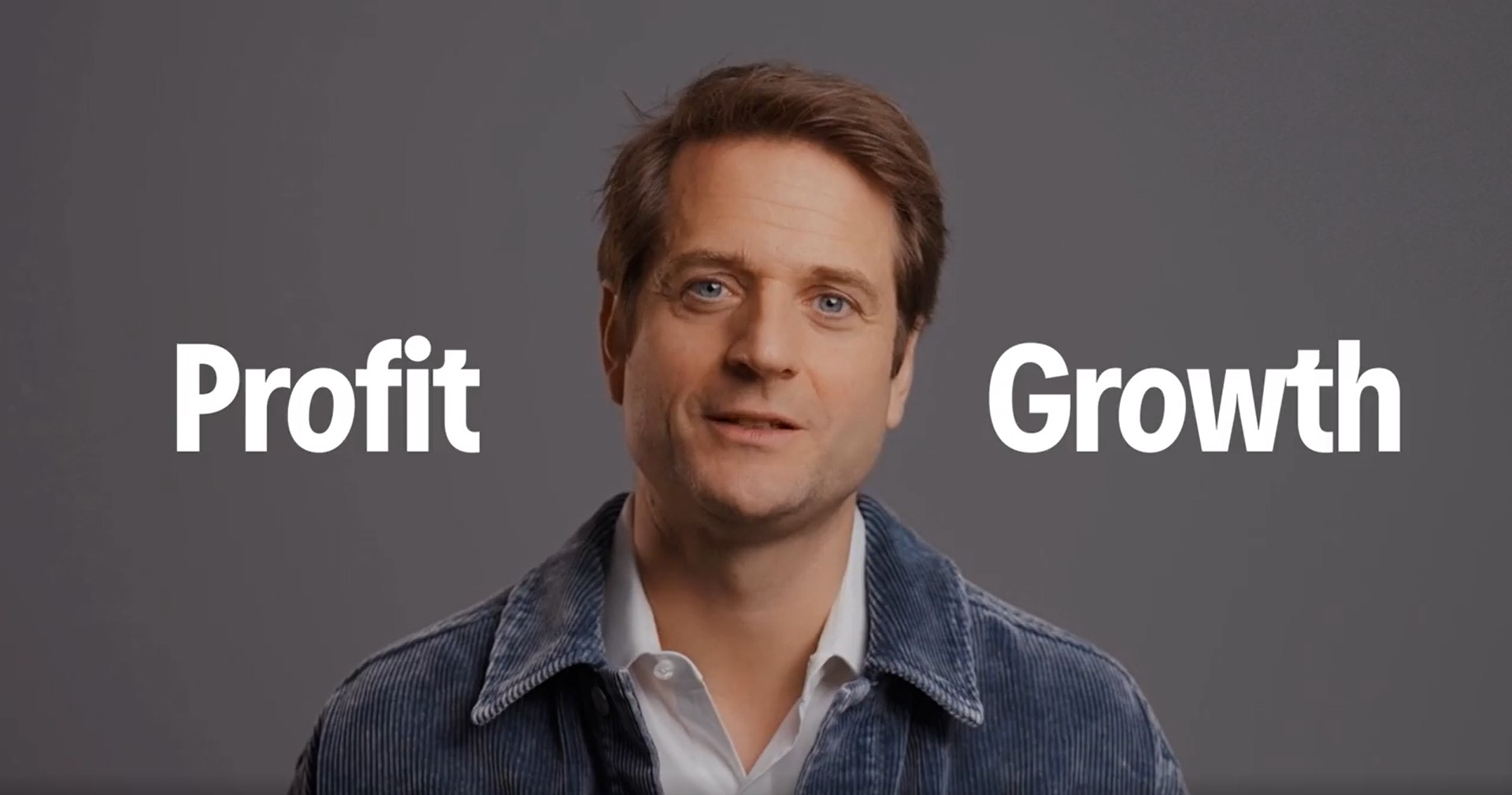Do you have a hard time convincing your senior management to spend time recording remarks for your quarterly updates?
I know several IROs who say they struggle to convince their CEOs, CFOs and other C-suite members to spend more than the minimum amount of time on their company’s IR efforts.
When browsing LinkedIn this week, however, I stumbled across what might be a novel solution: putting together a deepfake of your CEO so you can get them to say whatever you want to investors, whenever you want. You could even refine their sense of humor to actually land with your investor audience.
If you haven’t seen it, I’m referring to the latest update from Swedish payments company Klarna. The firm’s chief marketing officer, David Sandstrom, posted a video of CEO and co-founder Sebastian Siemiatowski walking viewers through Klarna’s headline figures for the third quarter, along with news about the latest partnerships it had signed up to with retailers.

Except, of course, it wasn’t actually Siemiatowski but an AI-generated version of the Swedish fintech entrepreneur. ‘This is how AI transforms not just what we do, but how we do it,’ Sandstrom writes on the social media platform.
The video is certainly a technological marvel: the figure on the screen certainly looks like the Klarna CEO and his speech is recognizably human and comprehendible.
A few things are off, however. Something about his demeanor is slightly off-putting, perhaps due to a lack of the tiny facial movements or ‘micro-expressions’ that make our in-person speech even more rich than just the words we say. Perhaps it’s some of the slightly peculiar vocal intonations throughout, including a particularly flat sign-off that makes it sound like Siemiatowski is bored of the whole activity (maybe that’s not so rare for CEOs updating investors…)
Commentors on LinkedIn share my reactions. There are broadly two camps among those who watched it: the first, likely tech evangelists, are impressed at the fidelity of the AI-rendered CEO and the apparent authenticity of the video. Others, many of them fellow communications or marketing professionals, said words to the effect of So what?
Others still said that it could be harmful. ‘An AI-generated video of a CEO communicating about corporate results doesn’t exactly convey authenticity,’ writes Dan Tarman, co-founder and managing partner at Perceptual Advisors. Another commentor notes that if Klarna could pull together an AI fake of its CEO, what’s to stop a bad actor doing the same and spreading misinformation? Would the markets be able to tell the difference when a fake profit warning is put out in your CEO’s voice?
IR teams are still working out how to best use AI, as we’ve heard throughout our events this year. Next week’s IR Magazine Forum – AI & Technology, held in New York on December 3, is another opportunity for teams to learn about emerging use cases. I’m not sure this video will feature among the case studies.
Ultimately, the market will decide what it thinks of such things. Perhaps IR teams will start taking notice when you can program these deepfakes to answer investor questions in real time – and accurately.
Until then, I think for most people these sorts of videos will remain a curiosity – or, to quote another LinkedIn user who appears to coin a delightful phrase, an isolated case of ‘tech-w**king’.
What do you make of Klarna’s video? Would you ever do something similar? Let us know, either via LinkedIn or email us at [email protected]










